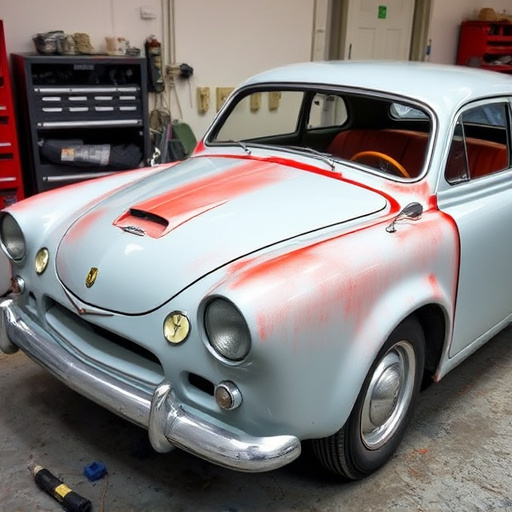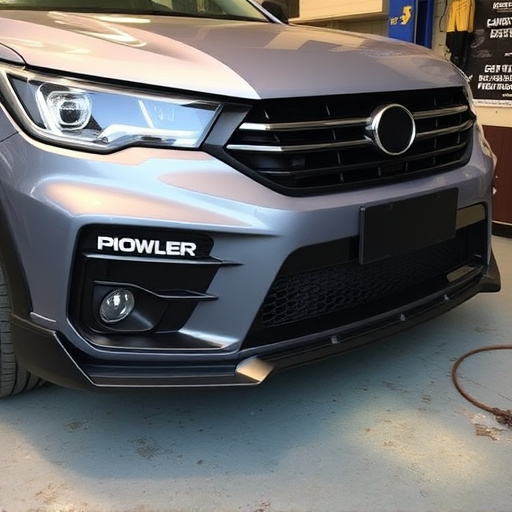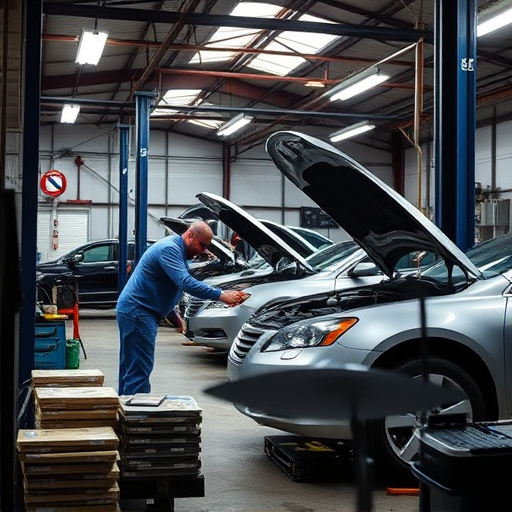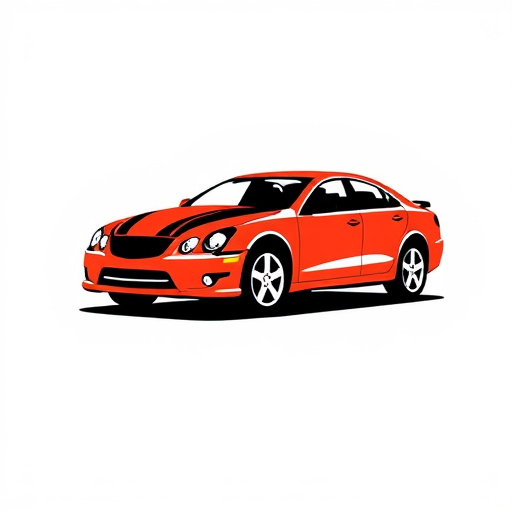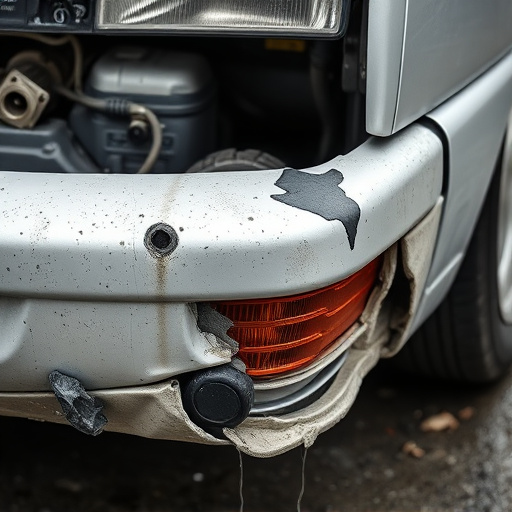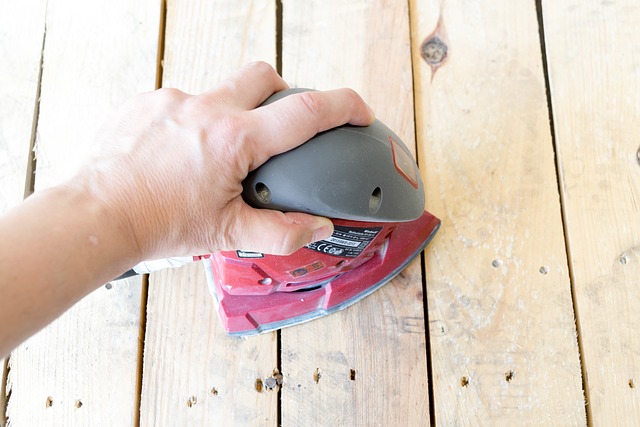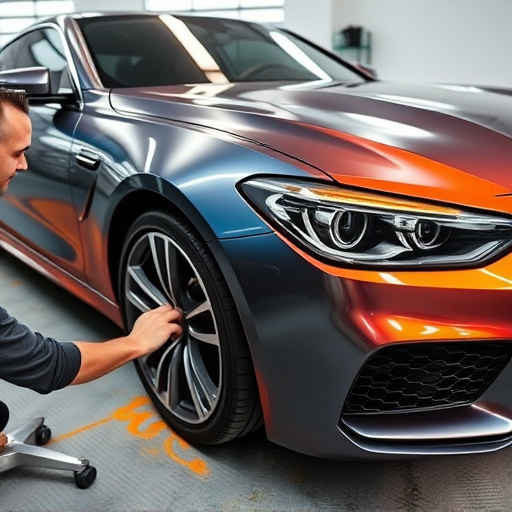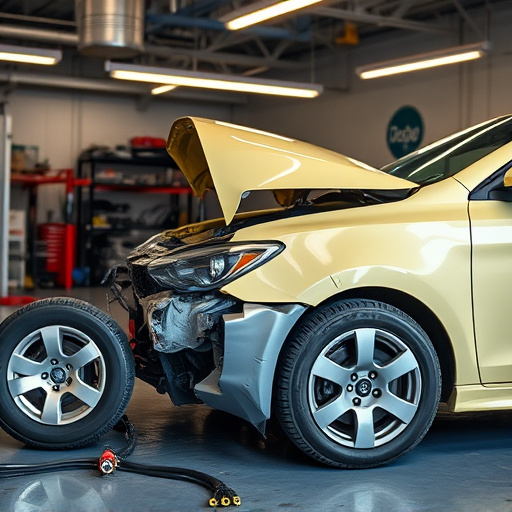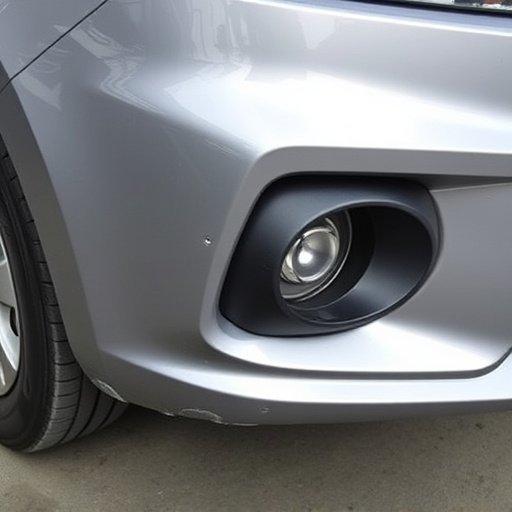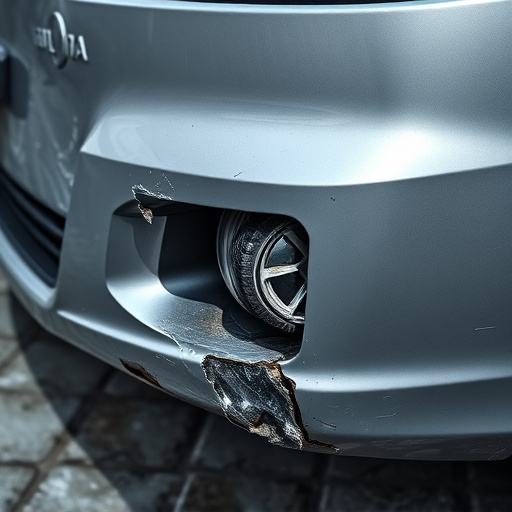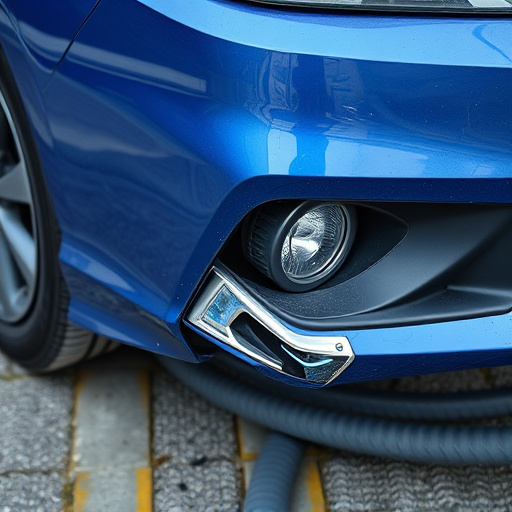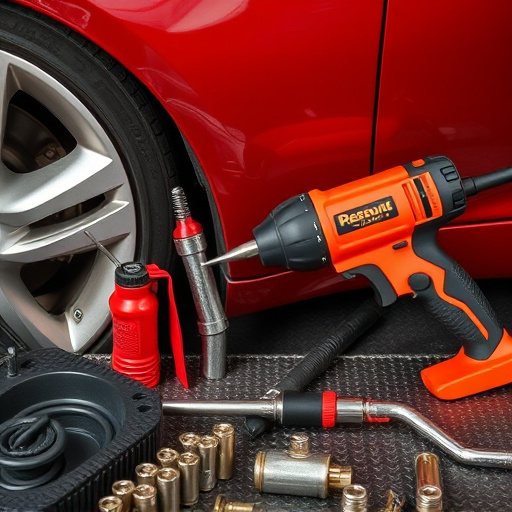Collision repair scheduling for older vs. newer vehicle models requires distinct approaches due to differences in materials, part availability, and repair techniques. Older cars may experience delays from limited parts and complex repairs, while newer models benefit from advanced diagnostics and faster turnaround times despite specialized needs like precision painting and dent removal. Efficient collision centers strategize by categorizing tasks based on model years, employing dedicated teams, specialized tools, and extensive databases to enhance service for all vehicle types, ultimately improving customer satisfaction across generations.
Collision repair scheduling varies significantly between older and newer vehicle models. As automotive technology advances, so do the complexities of repairs. This article explores how collision centers manage scheduling for different generations, considering factors like part availability, specialized tools, and labor costs. We discuss strategies to optimize repair times and enhance customer satisfaction, ensuring efficient collision center management regardless of vehicle age. Understanding these nuances is key to effective repair scheduling collision.
- Understanding Collision Repair Scheduling for Different Vehicle Generations
- Factors Influencing Repair Times for Older and Newer Vehicles
- Strategies for Efficient Collision Center Management Across Model Years
Understanding Collision Repair Scheduling for Different Vehicle Generations
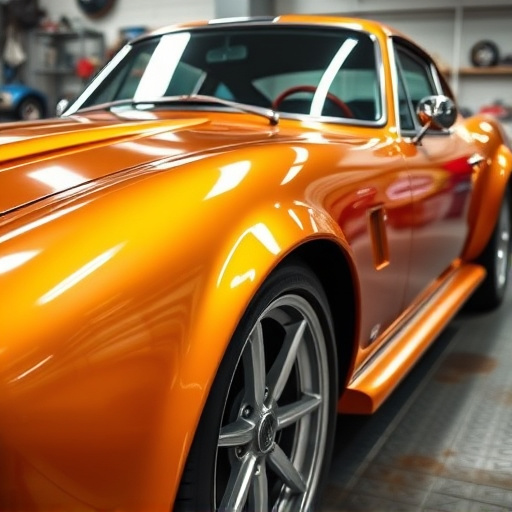
The process of collision repair scheduling varies significantly when dealing with older versus newer vehicle models. Each generation of cars comes with unique design complexities and materials, which directly impact the repair process. For instance, modern vehicles often feature advanced safety systems and lightweight materials that require specialized tools and trained technicians for effective repairs. In contrast, older models may have simpler designs but could pose challenges due to limited replacement parts availability or outdated manufacturing processes.
Understanding these generational differences is crucial for efficient collision repair scheduling. Older vehicle models might necessitate more time for part sourcing and specialized labor, while newer cars could benefit from faster turnaround times due to readily available replacement parts and advanced repair techniques like car body restoration and hail damage repair. Auto painting services also vary based on the model’s age, with newer vehicles often requiring precision techniques to match modern finishes.
Factors Influencing Repair Times for Older and Newer Vehicles
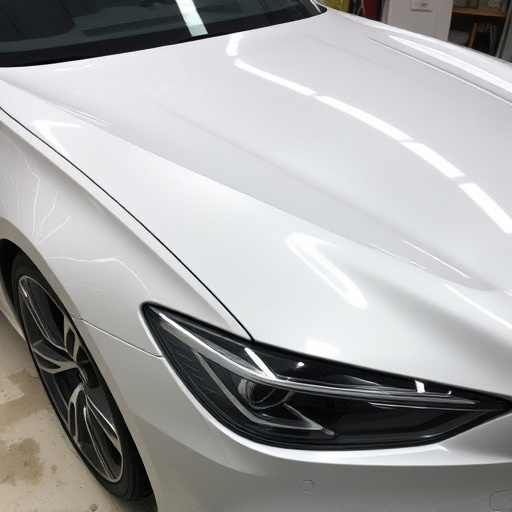
When it comes to repair scheduling after a collision, several factors significantly influence the time required for older and newer vehicle models. For older vehicles, the complexity and availability of replacement parts can be significant challenges. Classic or vintage cars often have specialized parts that are no longer in mass production, leading to extended search times and potential delays in finding compatible replacements. Additionally, the labor-intensiveness of repairs increases with age, as skilled technicians might need more time to diagnose and fix issues due to the unique nature of these vehicles.
In contrast, newer vehicle models benefit from streamlined repair processes. Modern cars are designed with easier access to components, reducing the time spent on disassembly and assembly. Advances in technology also mean that diagnostic tools can quickly identify issues, streamlining the initial assessment phase. Moreover, a robust network of parts suppliers ensures prompt availability of replacement parts for newer vehicles, further minimizing repair schedules. While dent removal and vehicle paint repair might still be involved, the overall efficiency of the vehicle body shop contributes to quicker turnaround times compared to older models.
Strategies for Efficient Collision Center Management Across Model Years

Collision centers often face a diverse range of vehicle models, from vintage classics to modern electric vehicles. To efficiently manage collision repairs for all these models, strategic planning is key. One effective approach is to categorize and prioritize tasks based on model years, ensuring that older and newer vehicles receive specialized attention. For instance, classic car enthusiasts require unique parts and repair techniques due to their vehicle’s age and historical significance, while newer models may demand advanced diagnostics and eco-friendly repairs.
Implementing a structured repair scheduling collision system can streamline the process. This includes creating dedicated teams for different model eras, investing in specialized tools and training, and maintaining extensive databases of parts and repair manuals. By embracing these strategies, collision centers can offer superior auto body repair, car restoration, and bodywork services for every type of vehicle, ensuring customer satisfaction across generations.
In conclusion, effective repair scheduling collision strategies are essential for collision centers to manage diverse vehicle models efficiently. Understanding the unique characteristics and repair times of older versus newer vehicles is key to optimizing operations. By considering factors like technology advancements, material differences, and manufacturing variations, collision centers can tailor their approaches to accommodate all generations. Implementing efficient management practices ensures prompt service, reduces wait times, and enhances customer satisfaction across the board, making it a game-changer for modern collision repair industries.
